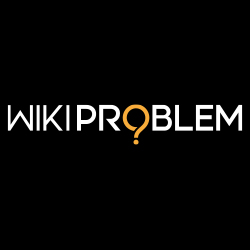What is On Page SEO And How It Works
What is On Page SEO
On-page SEO refers to the optimization of individual web pages in order to improve their search engine rankings and visibility. On-page SEO factors include both content and HTML source code of a page, such as the page title, meta tags, images, headings, internal links, and other on-page elements.
How It Works
The purpose of on-page SEO is to make it easier for search engines to understand the content of a page and to match it to relevant user search queries. By optimizing on-page elements, website owners can improve the relevance, usability, and authority of their web pages, which can in turn improve their search engine rankings and attract more organic traffic.
Components of SEO
Here are some of the key factors that affect on-page SEO:
Page title
This is the most important on-page SEO element. It should accurately describe the content of the page and include the target keyword.
Meta description
This is a short summary of the page content that appears in search engine results. It should be compelling and include the target keyword.
Headings
Use of proper headings such as H1, H2, H3, etc. can help organize content and signal its structure to search engines.
Content
The quality and relevance of the content on the page are key factors in determining its ranking. Use of target keywords naturally and in appropriate frequency is also important.
Internal links
Links within your site help search engines understand the context and relationship of your pages.
Image Optimization
Use of alt tags and appropriate file names can help search engines understand the content of images on the page.
Page Speed
This refers to how quickly a page loads, and it can have a significant impact on search engine rankings.
By optimizing these and other on-page factors, website owners can improve the relevance and authority of their web pages and increase their visibility in search engine results pages.
